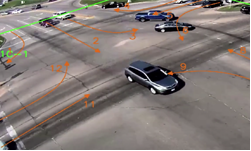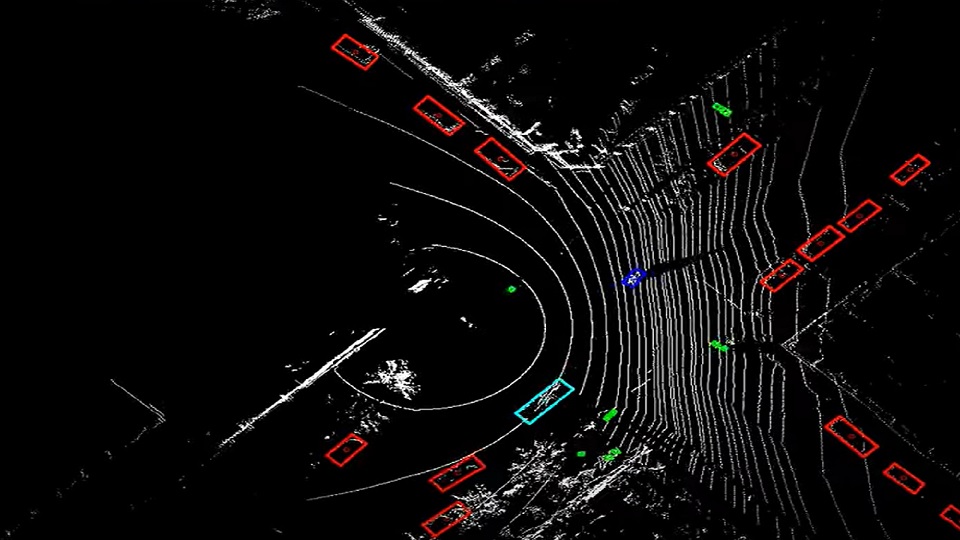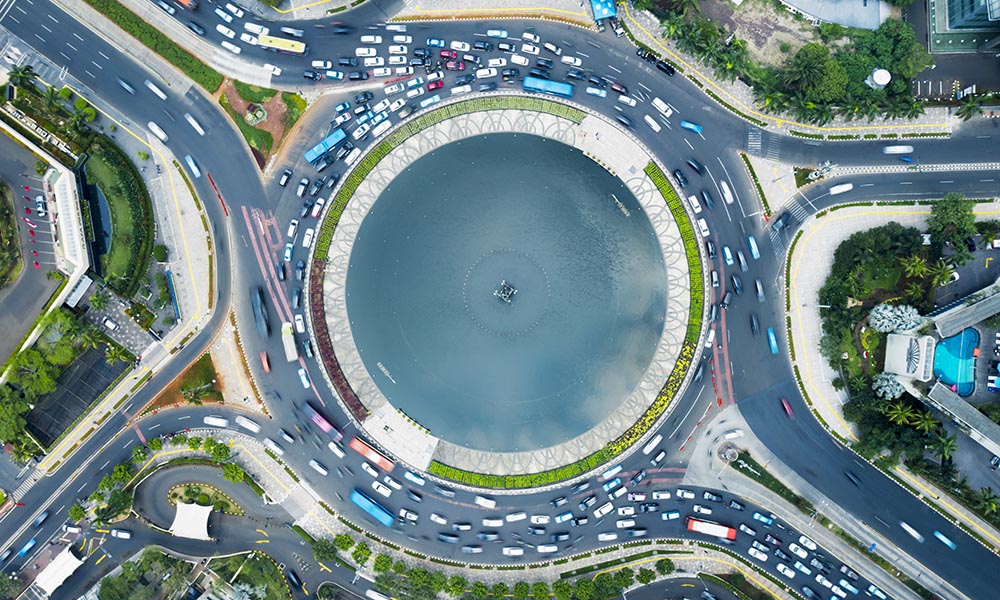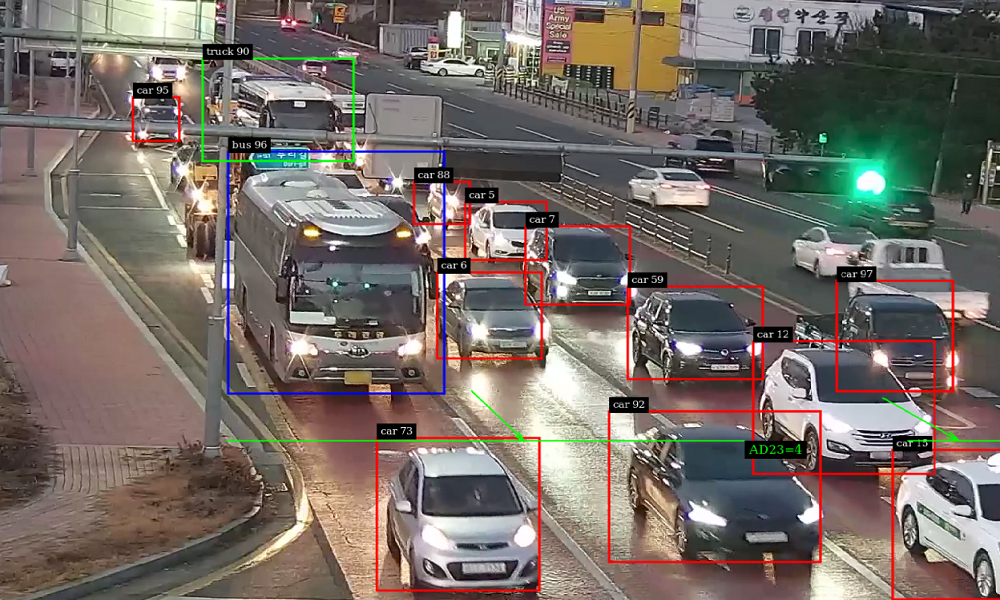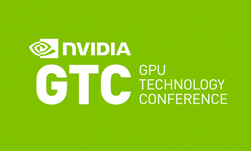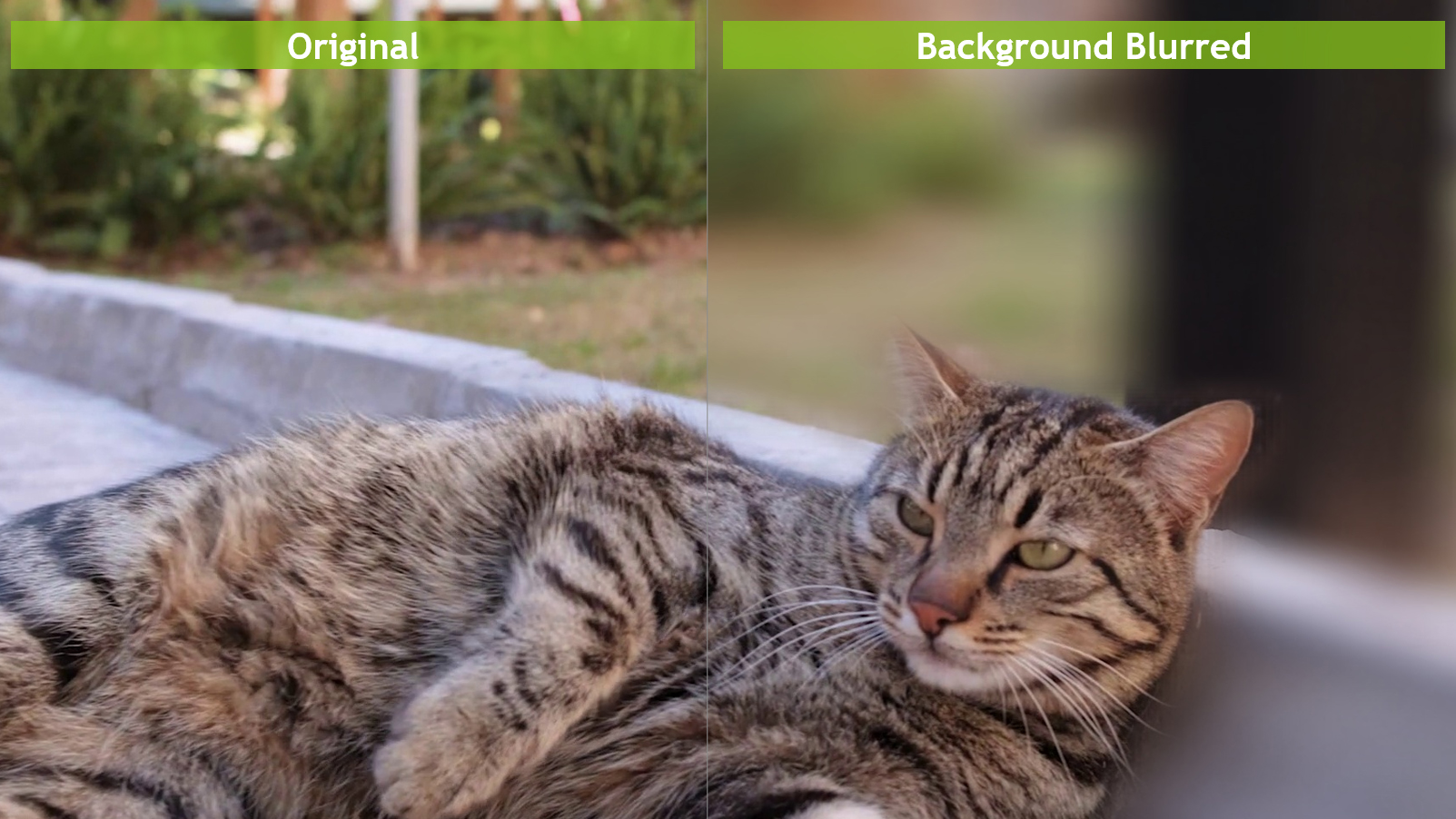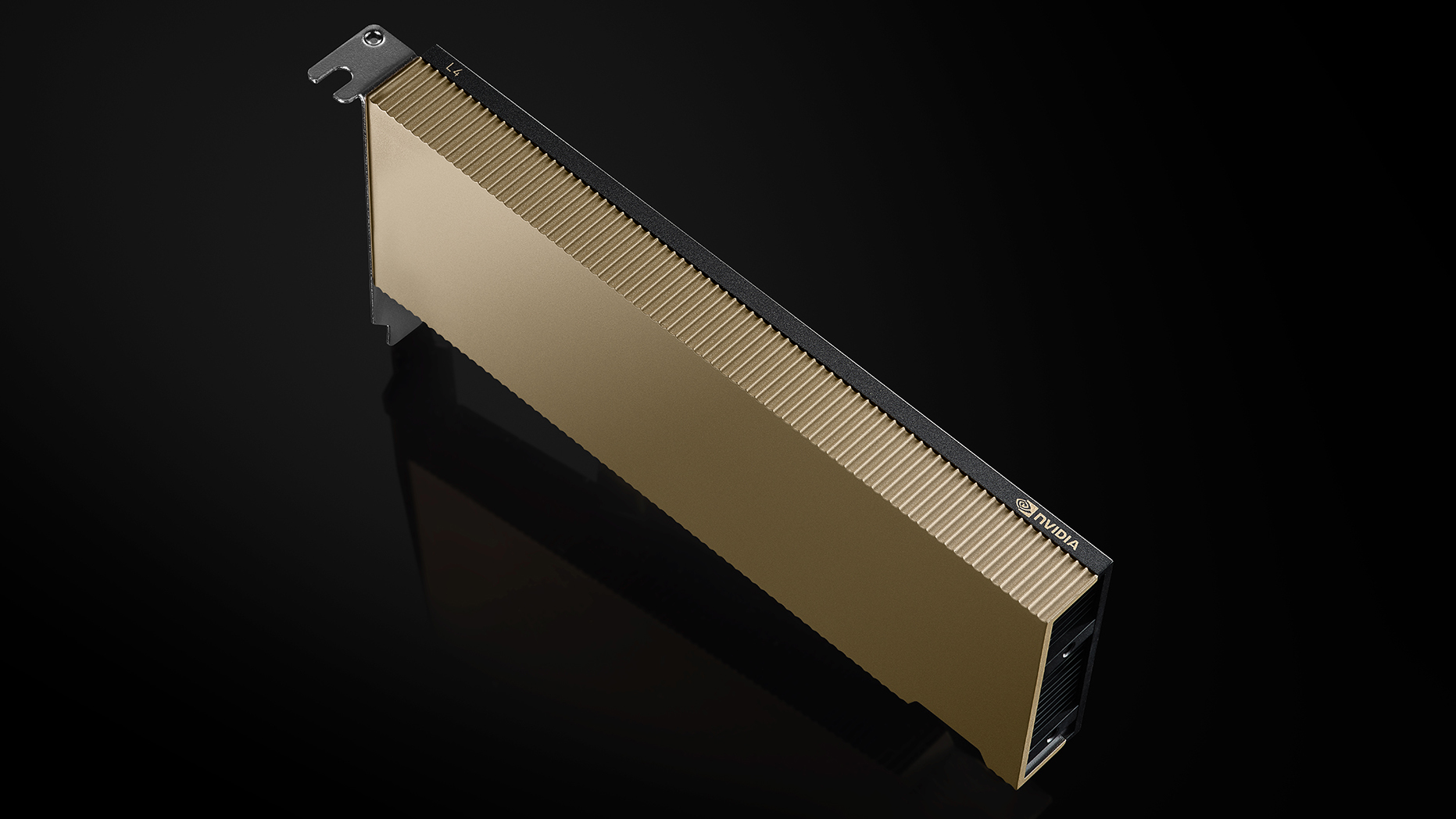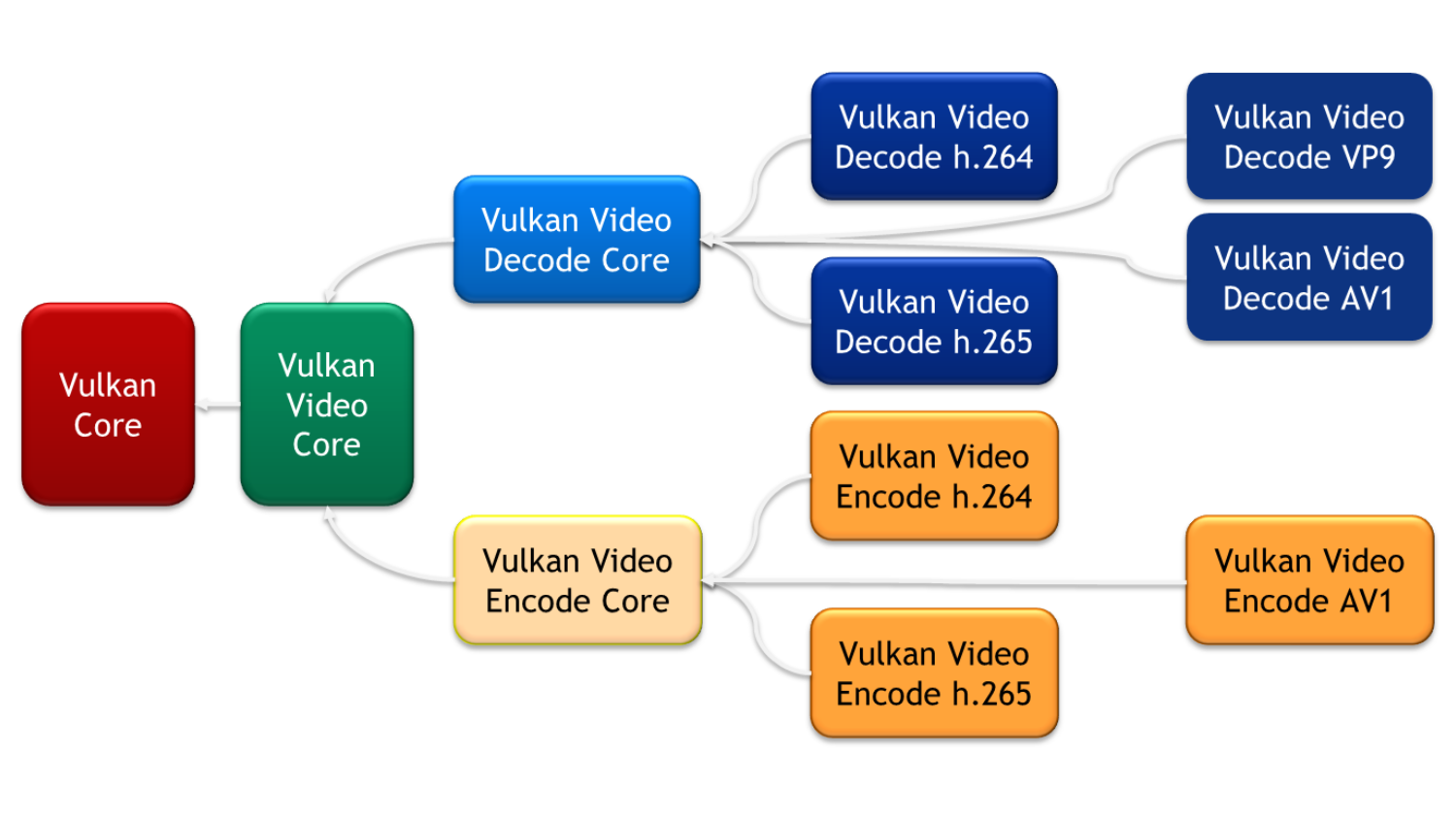To accelerate research and development of techniques to help make transportation systems smarter, researchers at the annual Computer Vision and Pattern Recognition Conference (CVPR) competed in the fourth annual AI City Challenge.
“The opportunity for insights from these sensors to make transportation systems smarter is immense,” said Milind Naphade, CTO of Metropolis at NVIDIA.
The Challenge, which was started in 2017, has grown to 1000 researchers and 300+ teams worldwide.
The Challenge focuses on developing systems that more efficiently connect traffic, signaling systems, transportation systems, infrastructure, and transit. NVIDIA has served as a founding partner for the Challenge and has backed it from inception. The organizing committee has blended deep AI and computer vision expertise with transportation subject matter expertise across academia and industrial research.
Winning teams this year included researchers from Baidu, University of Technology Sydney, and Carnegie Mellon University. Runner-ups were from DIDI, Huaqiao University, RuiYan Technology, Xi’an Jiaotong University, and the University of South Florida.
All training and inference by winning and runner-up teams were performed on various NVIDIA GPUs including TITAN Xp GPUs to V100s, to RTX 2070 with frameworks such as the cuDNN-accelerated PyTorch deep learning framework.
Dataset curation for the Challenge was done for the four tracks using NVIDIA DGX Systems, and NVIDIA TITAN RTX and 2080 Ti GPUs.
To help solve some of those problems, the Challenge focused on developing tools that are relevant to the multiple departments of transportation, within local and state governments.
“Challenge complexity has grown over the years to include tracks that matter to real-world deployment at departments of transportation, as well as pushing the boundaries of research in the areas of anomaly detection, re-identification and multi-camera multi-object tracking,” said Naphade. “We have worked with State and Local DOTs to curate real-world data sets. This is like the ImageNet of traffic analytics,” he added.
The problems addressed this year included:
- Turn-counts used by DOTs for signal timing planning
- City-scale multi-camera vehicle re-identification with real and synthetic training data
- City-scale multi-camera vehicle tracking
- Anomaly detection – detecting anomalies such as lane violation, wrong-direction driving, and more
| 2017 | 2018 | 2019 | 2020 | |
| Challenge Tasks | Vehicle Detection, Classification, Tracking | Speed Estimation, Anomaly Detection, Vehicle ReID | Anomaly Detection, MTMC Tracking, Vehicle ReID | Turn Counting, Vehicle ReID, MTMC Tracking, Anomaly Detection |
| Dataset | 130 hours of labeled intersection data from 3 states | 35+ hours of labeled intersection & highway data from 2 states | 50+ hours of labeled multi-camera intersection & highway data | 60+ hours of labeled multi-camera intersection & highway data along with synthetic data |
| Associated Conference | SmartWorld 2017 | CVPR 2018 | CVPR 2019 | CVPR 2020 |
| Awards | -2 NVIDIA Jetson TX2 -NVIDIA TITAN Xp | -4 NVIDIA Jetson TX2s -1 NVIDIA TITAN Xp -1 NVIDIA Quadro GV100 | 1 NVIDIA TITAN GV 100 -3 NVIDIA TITAN RTX -2 NVIDIA Jetson Xavier AGX | 1 NVIDIA TITAN GV 100 -4 NVIDIA TITAN RTX -3 NVIDIA Jetson Xavier AGX |
This year, in addition to being part of the organizing committee, providing compute resources, organizational support, and technical expertise for dataset curation, NVIDIA also awarded NVIDIA TITAN RTX GPUs, Quadro GV100, and Jetson AGX Xavier GPUs to the winning and runner-up teams.
Learn more about NVIDIA’s smart cities platform.
